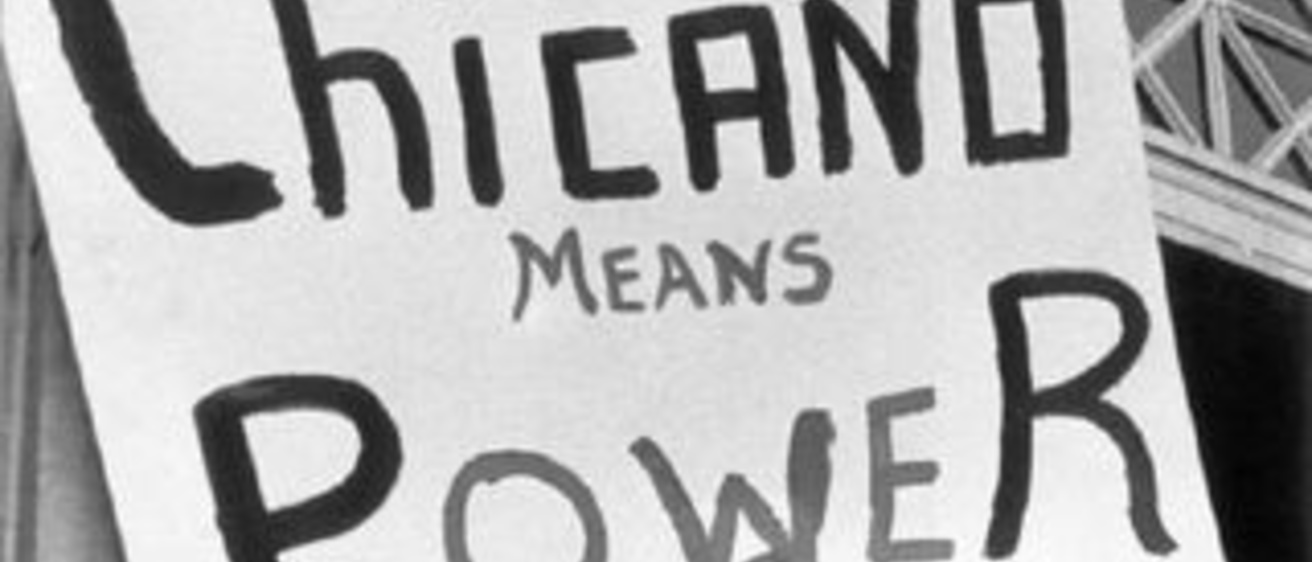Regardless of language barriers, culture differences, and age gaps, music has found a way of becoming a connector. Something that has brought groups of people together who, without it, may have never intertwined. From the ambiance created by the beat to the intentional delivery of the lyrics, you don’t need to understand why the artist wrote a song, or even understand the language they wrote it in to feel something. Music has become a language of its own, so powerful it can foster a sense of understanding amongst all demographics. Outside of its broad societal contribution, music has also had a huge impact on the Chicano community: creating a voice for their injustices, a way to revive their roots, and a bridge between their identities as Mexican and American.
Music in Chicano culture has changed over time, both in its sound and the messages being shared. However, its start heavily ties to the Chicano movement, which thrived from the 1960s and bled into the 1970s. A huge civil rights motion in the United States, the Chicano Movement was a demand from the Mexican-American people to have a say over their lives. Particularly within the telling of their lives, as they pushed for Chicano history to be taught in schools. When Mexican citizens first immigrated to the United States, they knew they weren’t meant to have a role in its story, yet this didn’t stop them from becoming part of it and being affected by it. The Chicano movement fought for its community’s stories, so they wouldn’t be erased by the assimilation the United States so heavily pushed (“The Chicano Movement: History and Goals”). This fight for equality shined a light on several influential Mexican figures we know today, like Cesar Chavez and Dolores Huerta, while also birthing a generation of new Chicano musicians who would use their music as a way to document those fighting for change. Music was one of the core tools in getting the word out for the Chicano movement and encouraging protestors to keep fighting so that their place in the United States could be recognized (“Estoy Aqui”). Music became a language of social change and frustration towards repression for the Chicano people, while also being the very thing that bonded them.
As times and policies changed, music in Chicano culture changed as well. It became less about fighting for an identity to be seen and more about discovering your identity as a whole. Being Mexican-American, you are often left wondering where you fit in. Being too Mexican to be considered a “real American” and too Americanized to be Mexican. Music allowed for the Chicano identity to thrive as its own community, where no matter how much influence you had from both Mexican and American identities, you were enough. A study done by a Chicano Studies Ph.D. student at UCLA focused on the impact music had and has on the Chicano identity. Stating that being Mexican, as soon as you cross the border and start a life in the United States, it feels like part of your identity is stripped. You are automatically assimilated into the music taste that is popular in the United States, causing you to lose that rich vibrant feel of Mexican music and your place within that identity as well (Mata). Yet, the emergence of Chicano artists has allowed this identity to live on and be transformed. Using vibrant sounds, prayers, chants, and stories, Chicanos have brought a new sound to music that encapsulates what it feels like to be Mexican-American (Mendoza). Music has become a tool for Mexican-Americans to balance both identities, blending the strong political messages found in American songs of struggle and those celebrations of life found in Mexican styles of music (Mata). Taking influence from those before them, Chicanos continue to use music as a way to share their stories.
Despite the political and musical advancements that have occurred, the injustices faced by the Chicano community have yet to diminish. Alongside that, those musical storytellers live on vocalizing these issues to the public. Released in March 2017, Chicano Batman’s (a Chicano band started in LA in 2008) “La Jura” talks about police brutality, taking you through a story of the night prior where the lead singer witnesses his friend being shot by an officer and being left there to die. He sings about the confusion he is faced with when the very people meant to protect his community are the reason his friend will never live to see another day. Outside of political issues, Chicano musicians use their platforms to talk about social issues as well. Los Yesterdays use music to recount tales of their youth and the things they experienced growing up as Mexican-Americans. Along with their lyricism, their music videos also bring light to other forms of Chicano art. While shooting the music video for their song “Nobody’s Clown", they collaborated with The Puppetmaster (a Mexican-born puppeteer who uses traditional Chicano art forms on his puppets) to depict an old Chicano love story. From mental health, to love, to drug issues, to what it’s like going through life as a Mexican-American: modern Chicano musicians like Chicano Batman, Los Yesterdays, Surely Tempo, Pity Party (Girl’s Club), Tony Jupiter, and many more keep the musical history of Chicano storytellers alive. Despite not being part of the education system in the United States, Chicano history has continued to stay vibrant through the very music that fought for it to be told.
Click here to listen to Laisha's Spotify playlist featuring current Chicano artists!
Information gathered from:
